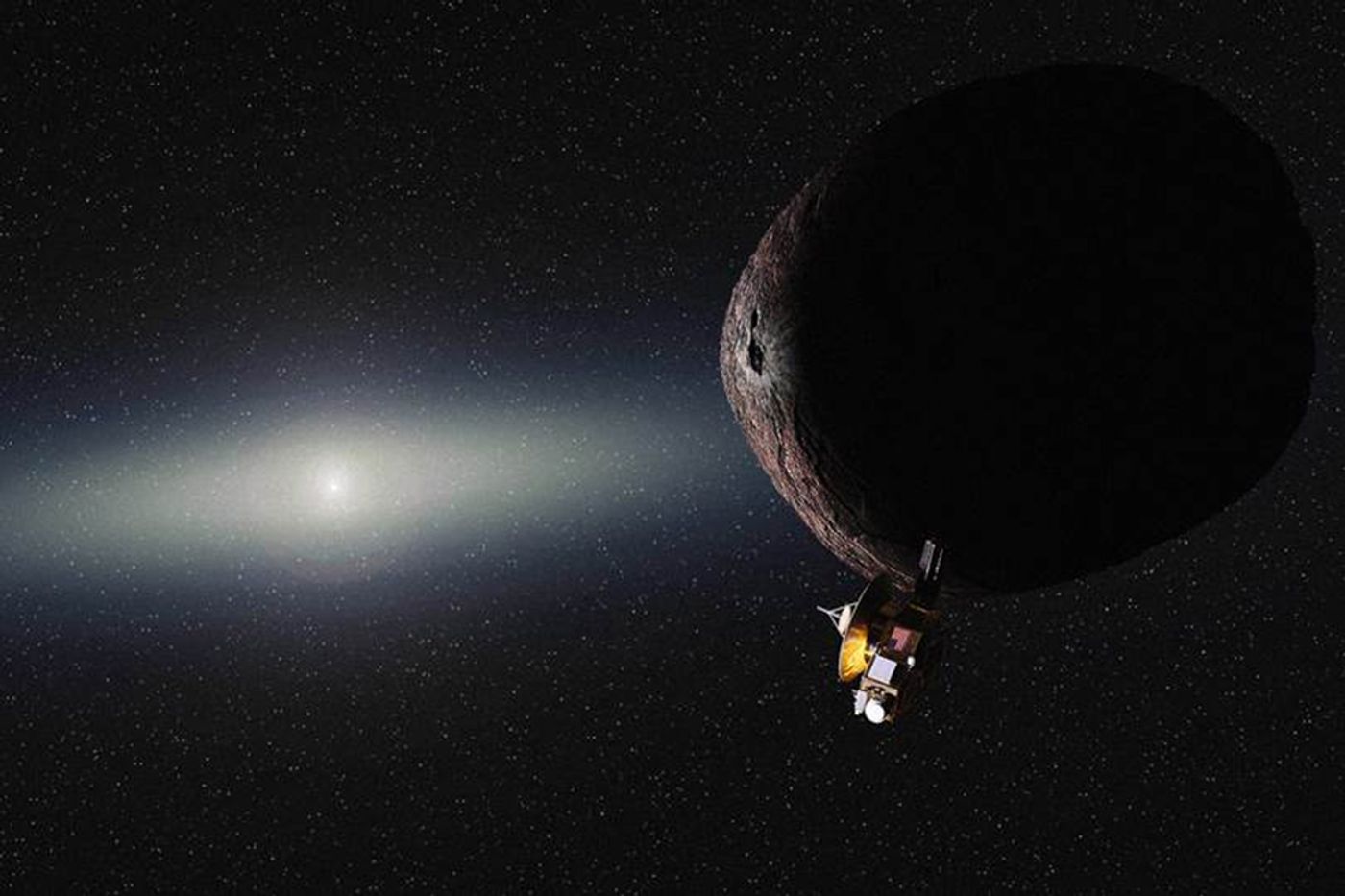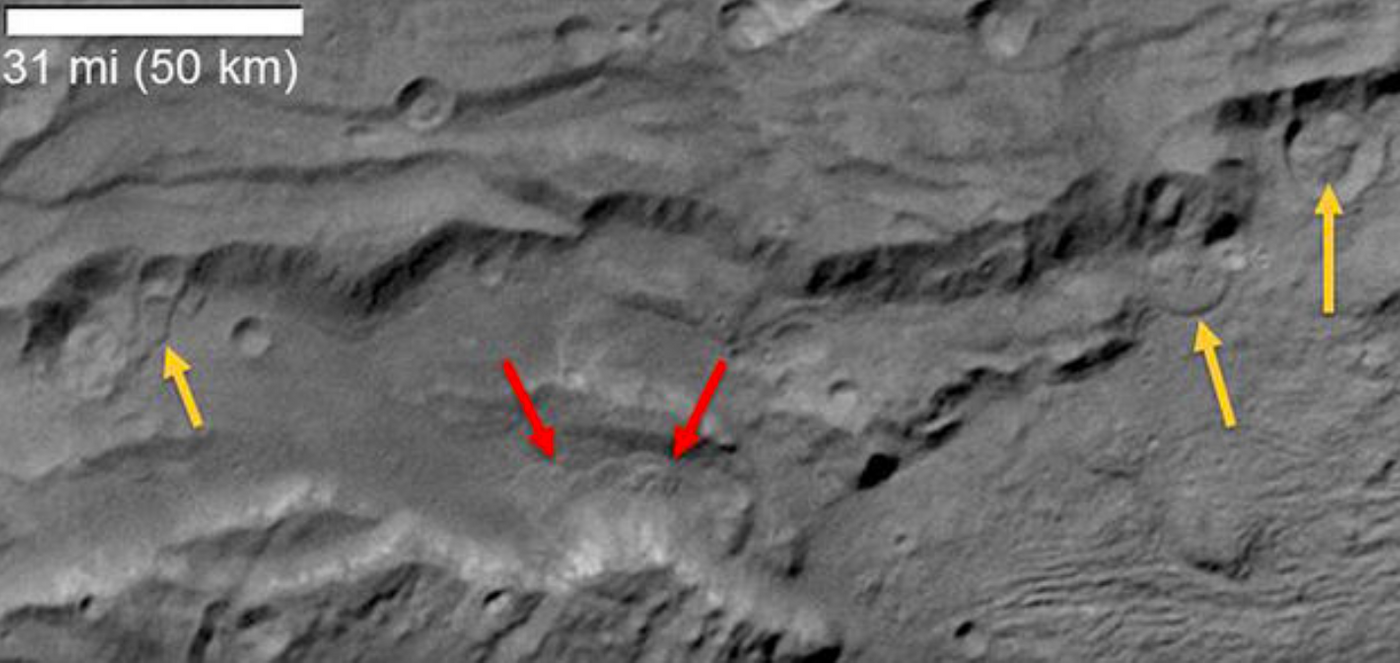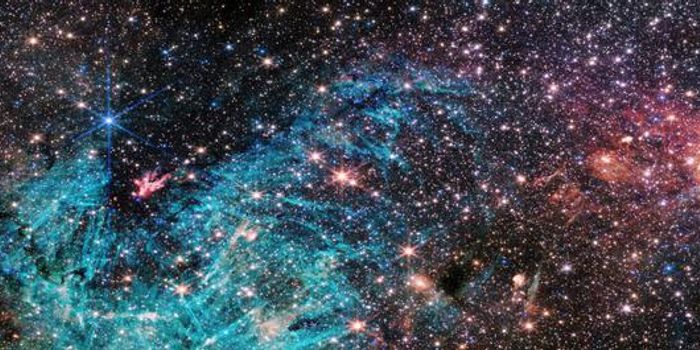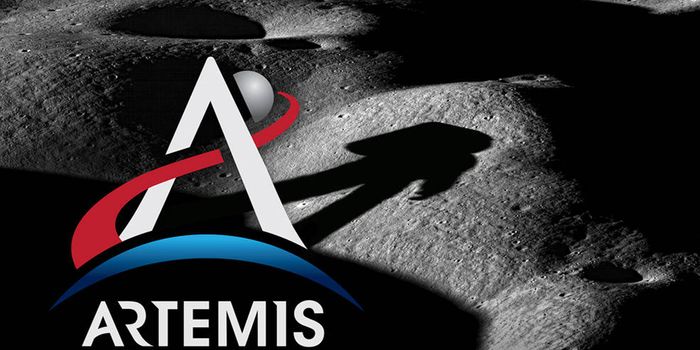Pluto Found to Have Clouds as Next New Horizons Target Excites Astronomers
Pluto was undoubtedly the biggest part of NASA’s New Horizons mission last year, when the probe achieved its successful fly-by of the dwarf planet that yielded tons of crystal-clear photographs and information about it that helped scientists learn more about the outer reaches of our Solar System.
But now that the Pluto mission is said and done, New Horizons is moving at about 9 miles per second towards a new target; an icy body in the Kuiper Belt known as 2014 MU69. Scientists hope we can use this target to learn more about the unseen and mysterious Kuiper Belt.

Image Credit: NASA
At the American Astronomical Society Division for Planetary Sciences (DPS) and European Planetary Science Congress (EPSC), Scientists involved directly with the New Horizons mission are getting together to discuss facts about the mission so everyone’s on the same page.
Based off of data from NASA’s Hubble Space Telescope, 2014 MU69 may have a slightly red-tinted surface just like Pluto, and scientists can’t wait to confirm if this is actually true or not.
This is certainly going to be one of the first things we look out for when New Horizons finally gets there, because it would tell us that the rock properties of 2014 MU69 confirm that it’s the type of rock that may have helped build our modern Solar System.
Of course, New Horizons hasn’t even finished transmitting all of its data about Pluto yet, so we’re still learning more about Pluto as we speak. NASA says 99% of that information has been received and that we should have the rest of it by October 23rd.
As far away as New Horizons is, 3.4 billion miles from our planet, it takes a while for all that data to make it back to Earth where our receivers can pick it up.
From the data that we’re continuing to receive, we’ve learned that Pluto probably has some, but not many, atmospheric clouds. Moreover, Pluto’s surface seems to be more active than previously thought. There used to be a theory that Pluto was nothing more than just an over-sized space rock, hence why it was downgraded to “dwarf planet” status in the first place.

Image Credit: NASA/Johns Hopkins University Applied Physics Laboratory/Southwest Research Center
"We're excited about the exploration ahead for New Horizons, and also about what we are still discovering from Pluto flyby data," said Alan Stern, principal investigator from Southwest Research Institute in Boulder, Colorado.
"Now, with our spacecraft transmitting the last of its data from last summer's flight through the Pluto system, we know that the next great exploration of Pluto will require another mission to be sent there."
It’s going to be a while before New Horizons reaches its next target, 2014 MU69. So far, a little over one year later, it’s only about 1/3 of the way there. Nevertheless, it should be really interesting to see what we find there.
Source: NASA
-
APR 30, 2024Immuno-Oncology Virtual Event Series 2024
-
MAY 07, 20243rd International Biosecurity Virtual Symposium
-
SEP 03, 2024Microbiology Week Virtual Event Series 2024
- See More

















































